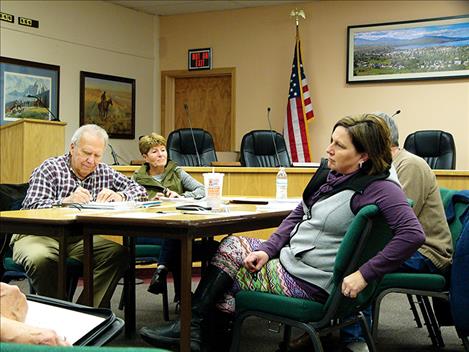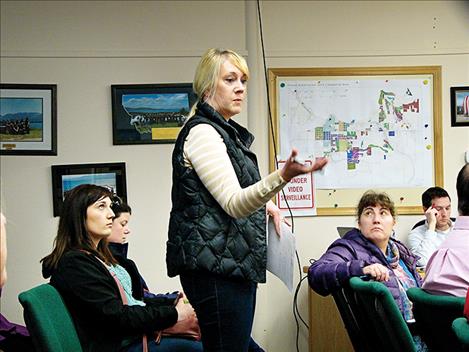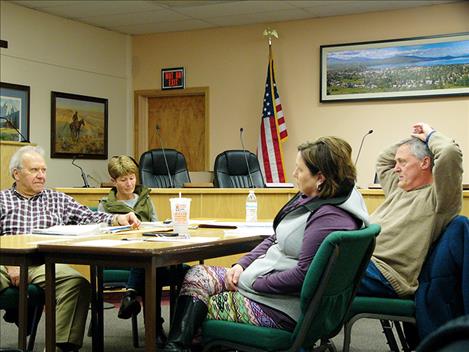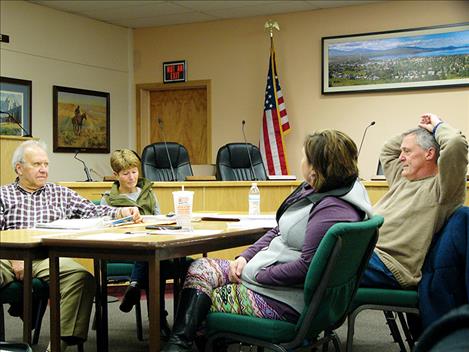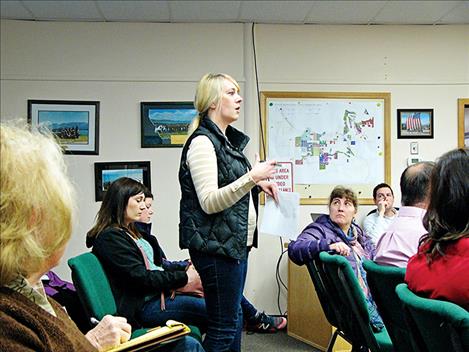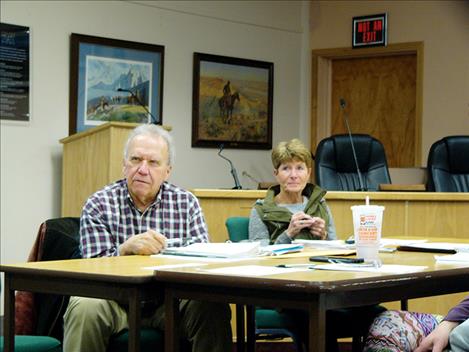Polson Redevelopment Agency Funding Program open to applicants
Hey savvy news reader! Thanks for choosing local.
You are now reading
1 of 3 free articles.
On April 11, 13 community members attended a meeting of the Polson Redevelopment Agency to discuss a new program meant to spur economic development in Polson.
The PRA Funding Program supports projects that will revitalize blighted areas in the city. A blighted area is one that has been identified as in need of improvement.
Some attendees were business owners hoping to get funds for projects. Others had suggestions for improving the funding program.
The PRA is an advisory board to the Polson City Commission that works to encourage development. PRA board members are Gayle Siemers, Brodie Moll, Lou Marchello, Lisa Kinyon and Pamela Owen.
On April 2, the city commission approved the application for the PRA Funding Program. Applications opened to the public that day.
The program funds projects that will increase property value in the four areas the city has identified as “blighted.” These areas are Salish Point, the central business district, the rail yard, and the residential and commercial areas adjacent to the rail yard.
While the PRA funding program is a new development, efforts to improve these areas have been underway for 20 years.
According to PRA Chair Gayle Siemers, a group of concerned citizens brought the issue to the city commission in 1997. He said members of the group were particularly worried about the areas where the railroad and lumberyard had been before they shut down. According to Siemers, those areas had become abandoned and unsightly. The group thought that the loss of those robust businesses had created vacuums of economic activity.
“They thought, ‘we need to stimulate business,’” Siemers said.
In 1997 the city commission identified the four blighted districts in the city. The commission adopted a resolution to improve them. As a result of this resolution, an urban renewal plan was created. This document, called “Consider the Possibilities for Polson!” was adopted in 2000.
The urban renewal plan states that it aims to “encourage development in the outlined districts in a manner which enhances the entire community and provides for the long-term stability, health, and well-being of the business and residential community.”
The plan designated the blighted areas as Tax Incremental Finance districts. In these areas, some revenue from property taxes is redirected to fund redevelopment projects. The plan also created the PRA to advise the commission on redevelopment matters.
Since the initiation of the TIF districts, several projects have been funded. These include the Main Street streetscape, the Riverside Park stairs, the Sacajawea walking path, and the walking path under the bridge and city dock.
Siemers said that while these projects were a success, the PRA is now focused on projects that will directly stimulate economic activity.
“Those projects are wonderful but they didn’t generate tax revenue to come back into the district,” he said. Siemers said that the new funding project will focus on growing business in the city.
“We’d like to see a $10 million facility come in, build a brand new building, and generate 50 jobs down here,” he said.
Siemers said a project like that would meet the PRA’s goals of creating economic activity and a larger tax base.
The April 11 meeting was the first since the PRA funding program application had been open to the public. Siemers said that three applications had been submitted before the start of the meeting.
Becky Dupuis, owner of Polson Theaters, attended the meeting. She said that she had submitted an application for funding.
When asked by a representative for an applicant, the board said that they could not give an exact date when applicants would hear whether they have received funding.
Siemers said that he hoped that the community would help the agency to improve the process.
“The more people we can get involved in this the better,” he said.
Gypsy Ray of Lake County Community Development Corporation suggested that the city could house a revolving loan fund with the LCCDC. Debra Blodgett said that the agency should look to other small cities with TIF districts for tips on the application process.
At the meeting the PRA discussed their goals for the funding program. Siemers said the PRA hopes to develop a relationship with Montana Rail Link, the company that owns the rail yard - one of the identified blighted areas. Other goals include job creation in downtown businesses and funding a new start-up business project.
The next quarterly meeting of the PRA is set for July 11.















